Monkeypox has emerged as a significant global health concern. Declared a public health emergency by the World Health Organization (WHO), it’s vital to stay informed about this viral infection that’s been making headlines across the world.
This article covers the basics you need to know—what monkeypox is, how it spreads, who’s most at risk, signs and symptoms, treatment, and practical prevention tips.
What is Monkeypox?
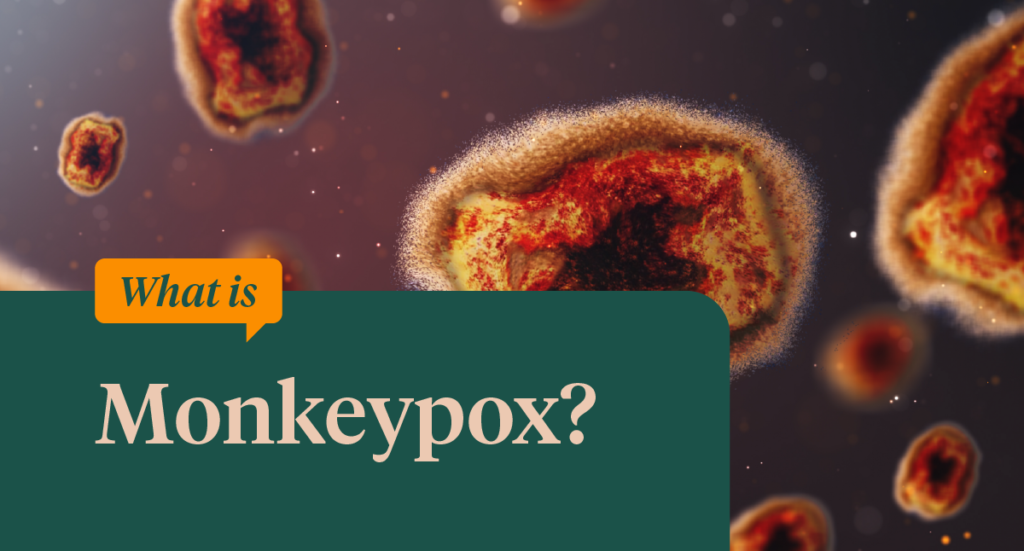
Monkeypox is a viral zoonotic disease, meaning it spreads from animals to humans. It’s caused by the monkeypox virus, which belongs to the same family as smallpox. While it was first identified in 1958 in monkeys used for research, the first human case was documented in 1970 in the Democratic Republic of Congo.
Historically, monkeypox outbreaks were limited to Central and West African countries. However, in recent years—especially post-COVID—the virus has been reported across the globe, including confirmed cases in India.
How Does Monkeypox Spread?
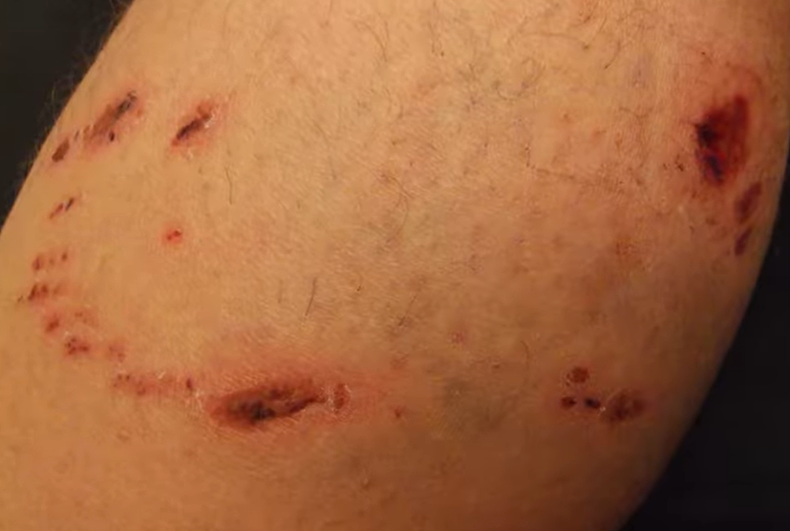
1. Animal to Human Transmission
The virus can be transmitted through direct contact with the blood, bodily fluids, or lesions of infected animals such as monkeys, rats, or squirrels. Bites, scratches, or handling of wild game are common causes.
2. Human to Human Transmission
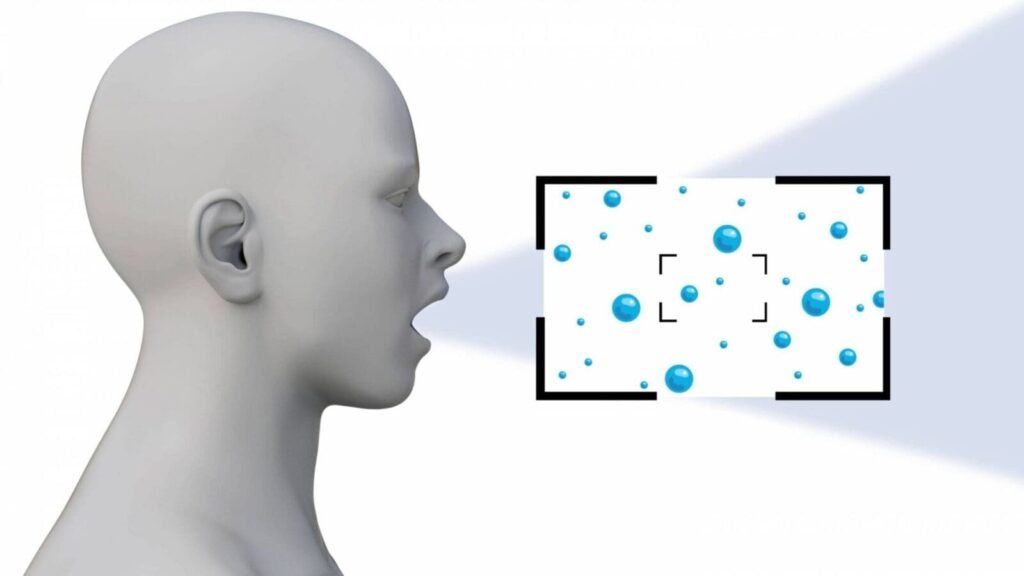
-
Respiratory Droplets: Transmission occurs through prolonged face-to-face contact, especially if the infected person is coughing, sneezing, or talking closely.
-
Body Fluids: Contact with saliva, sweat, urine, feces, or vomit can lead to infection.
-
Contaminated Objects: Using towels, bedsheets, or utensils of an infected individual increases the risk.
-
Physical Contact: Any close skin-to-skin or sexual contact can spread the virus.
Prevention Tips:
-
Avoid sharing personal items
-
Maintain hygiene
-
Use masks and gloves around infected persons
Who is at High Risk?
-
Children: Their immune systems are still developing, making them vulnerable.
-
People with Weakened Immunity: This includes individuals with chronic diseases, cancer patients, or those on immune-suppressing medications.
-
Malnourished Individuals: Poor nutrition weakens immune defenses.
-
High Exposure: Those in close or prolonged contact with infected persons, especially healthcare workers and caregivers.
Signs and Symptoms of Monkeypox
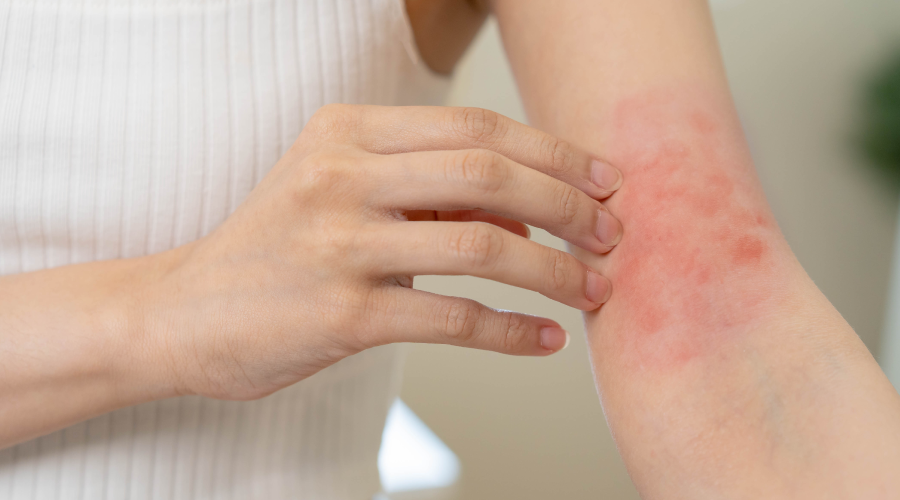
Early Symptoms (Day 0–Day 5)
-
Fever
-
Headache
-
Sore throat
-
Fatigue
-
Swollen lymph nodes (throat, armpits)
These symptoms resemble common viral infections and are often mistaken for cold or flu.
Appearance of Rashes
The most distinguishing feature of monkeypox is the rash, which develops after a few days of fever.
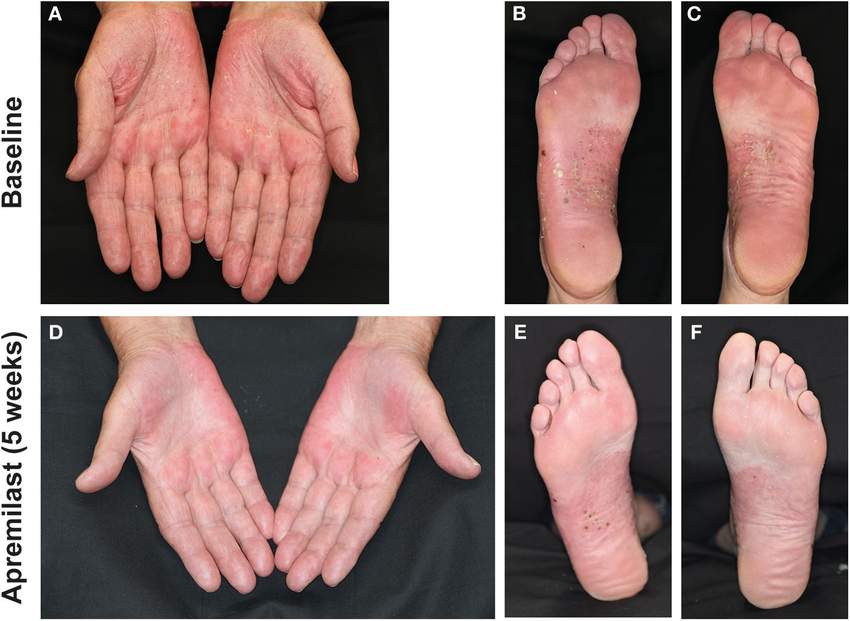
Rash Development:
-
Starts inside the mouth and spreads to the face, palms, soles, and trunk
-
Progresses from red bumps → fluid-filled blisters → pus-filled ulcers
-
Eventually crusts over and falls off
These rashes are often deep and may leave scars or skin discoloration.
Complications of Monkeypox
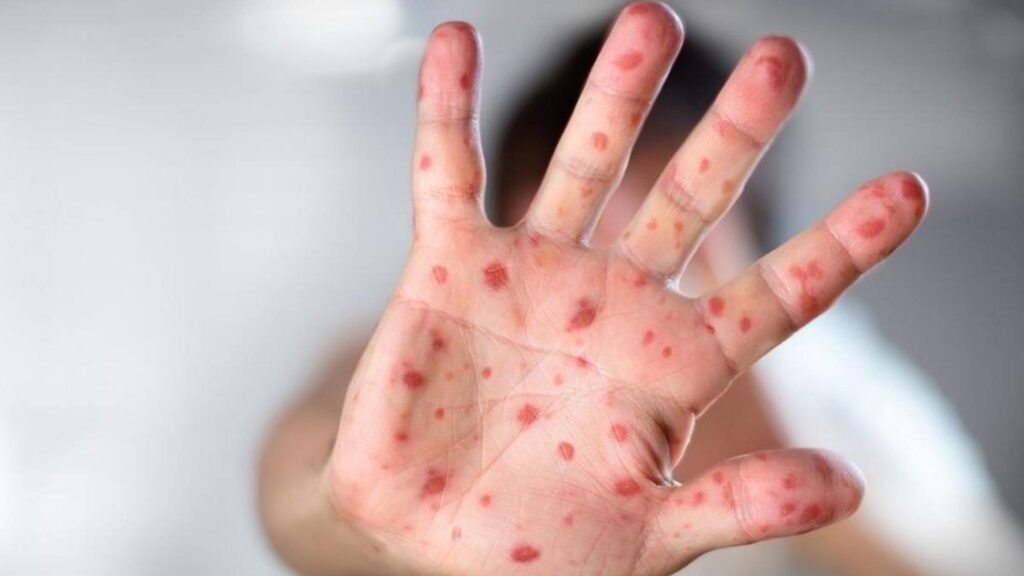
-
Scarring: Deep ulcers can leave permanent marks.
-
Infections: Open sores can get infected, leading to further health issues.
-
Disfigurement: Severe rashes on the face can alter appearance.
-
Lymph Damage: Can result in swelling and even tissue death in severe cases.
-
Fatality Risk: The death rate ranges from 3% to 6% globally.
How is Monkeypox Diagnosed?
Doctors suspect monkeypox based on the combination of symptoms—especially rashes involving the mouth, palms, and soles. Laboratory confirmation is done by collecting fluid samples from lesions and testing for the monkeypox virus using PCR (Polymerase Chain Reaction) techniques.
Is There a Treatment?
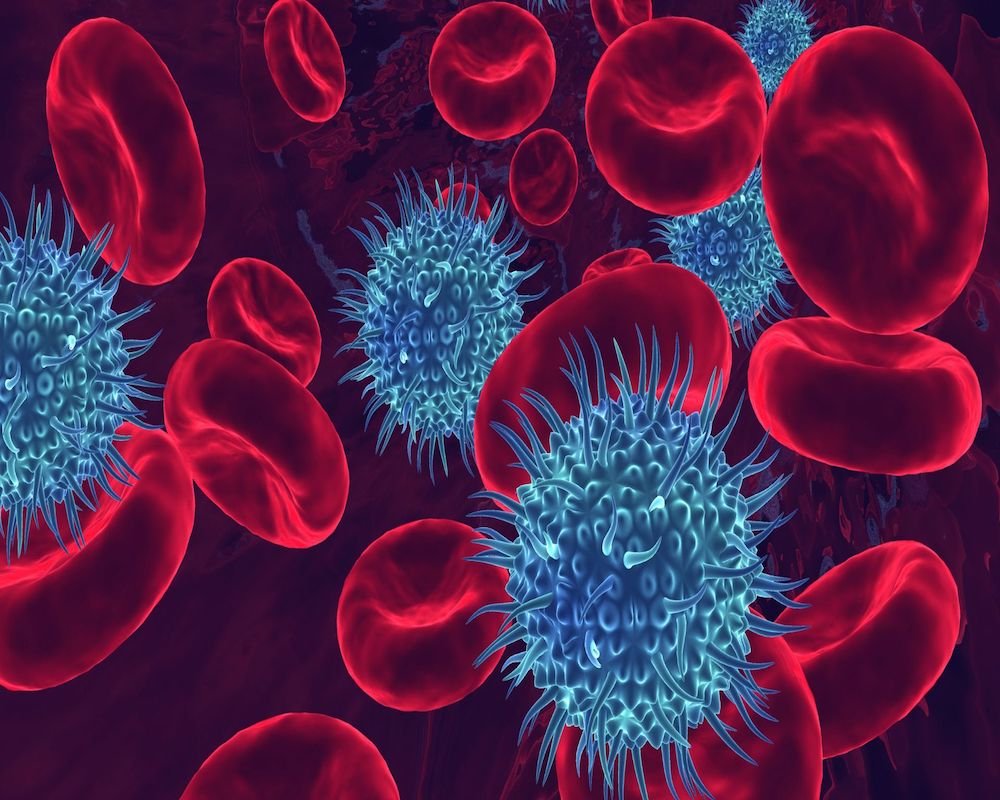
Currently, there’s no approved antiviral drug specifically for monkeypox. Treatment is mainly supportive:
-
Managing fever and pain
-
Preventing secondary infections
-
Keeping lesions clean and dry
-
Ensuring hydration and nutrition
Doctors focus on reducing symptoms and preventing complications.
Monkeypox Vaccination
As of now, no monkeypox vaccine is available in India. Globally, some smallpox vaccines have shown cross-protection, but mass vaccination is not yet feasible. It may take another year or more for vaccines to be widely available.
Precautionary Measures to Stay Safe
1. Practice Good Hand Hygiene

Always wash your hands after coming home, before meals, and after touching public surfaces. Use soap and water or an alcohol-based sanitizer.
2. Wear Masks
Since monkeypox can spread through respiratory droplets, wearing a mask offers protection—especially in crowded or enclosed spaces.
3. Avoid Sharing Personal Items
Keep your own towels, bedsheets, and utensils. Don’t use items that have been in contact with someone showing symptoms.
4. Minimize Physical Contact
Avoid unnecessary skin-to-skin contact, especially with people who are sick or showing rashes.
Home Care for Monkeypox Patients
If someone in your home is infected with monkeypox, follow these guidelines:
1. Isolate the Patient
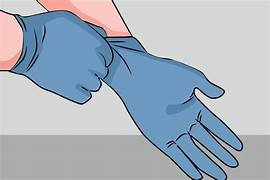
Keep the infected person in a separate room. Use separate towels, bedding, and utensils.
2. Use Protective Gear
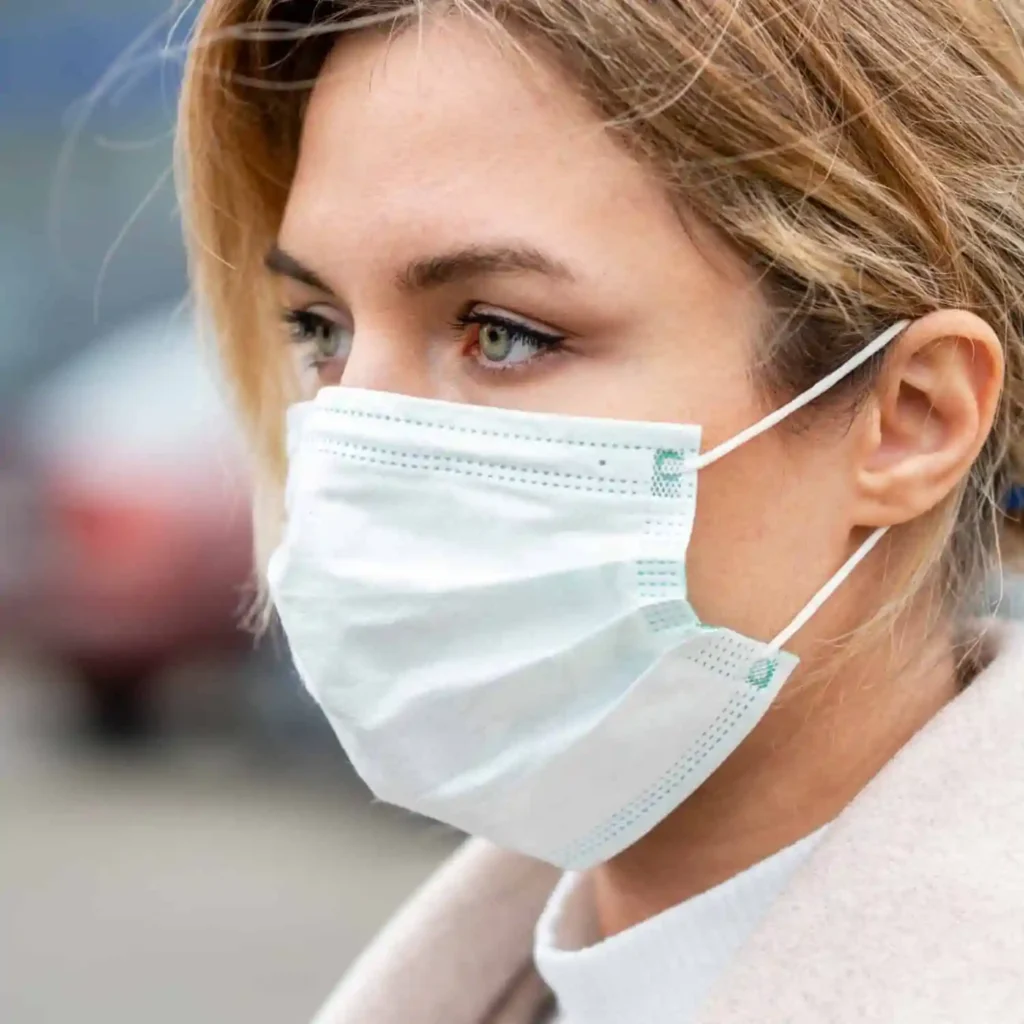
Caregivers should wear gloves and masks. Wash hands thoroughly before and after each interaction.
3. Keep the Room Well-Ventilated
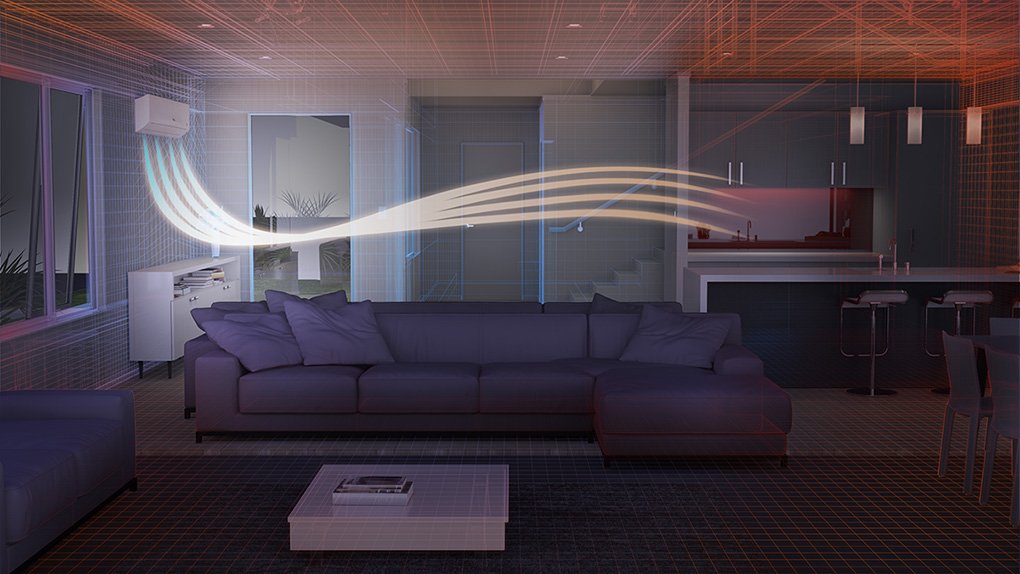
A clean, dry room with good air circulation helps prevent the spread and aids recovery.
4. Maintain Nutrition and Hydration

Ensure the patient is eating well and drinking fluids regularly to support the immune system.
Conclusion
The Monkeypox virus is a real concern, but with proper awareness and precautions, we can significantly reduce the risk of infection and manage it effectively. While the disease often resolves on its own in most people, severe complications can occur in vulnerable groups.
Until a vaccine becomes available in India, prevention remains the most effective strategy. Stay informed, follow hygiene practices, and seek medical advice if you or someone around you shows symptoms.